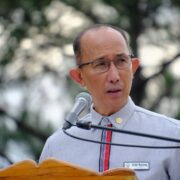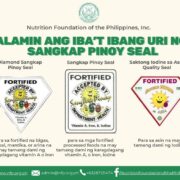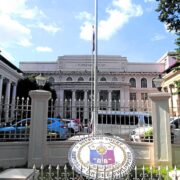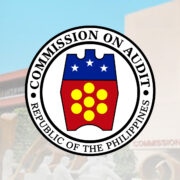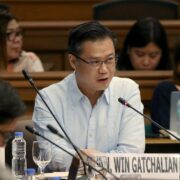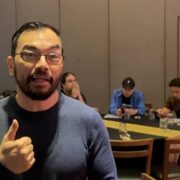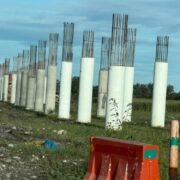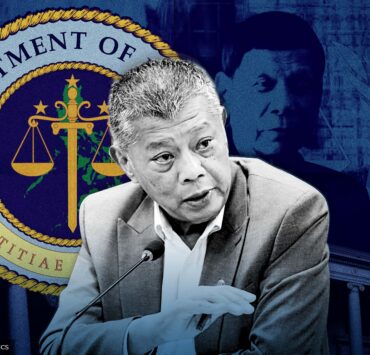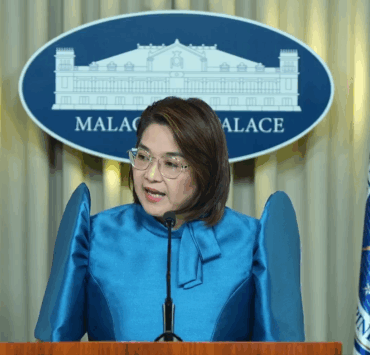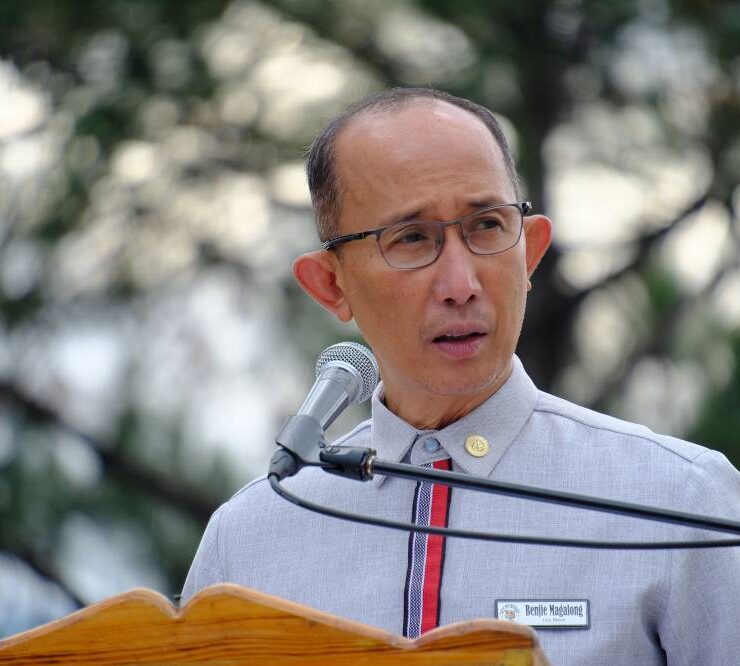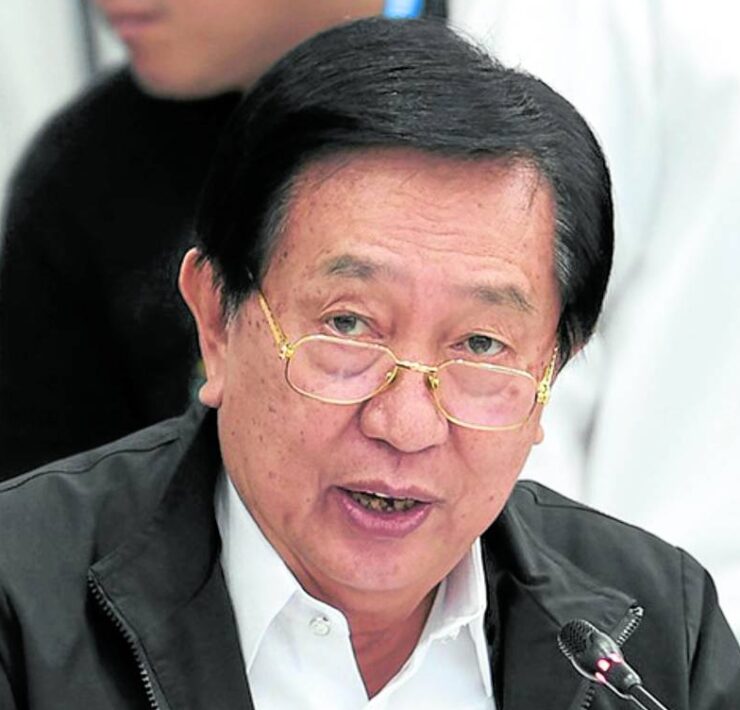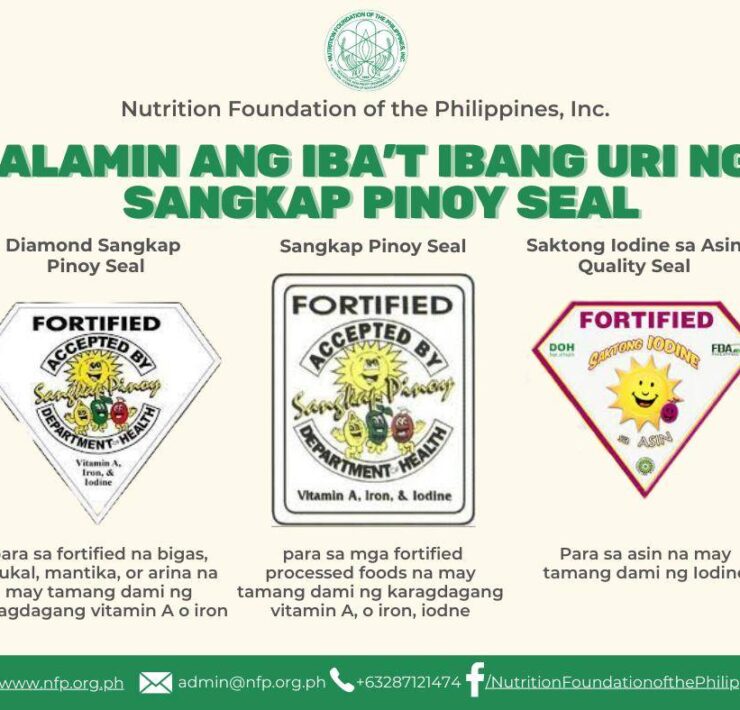DENR: How to save 1.2m hectares of forest lands
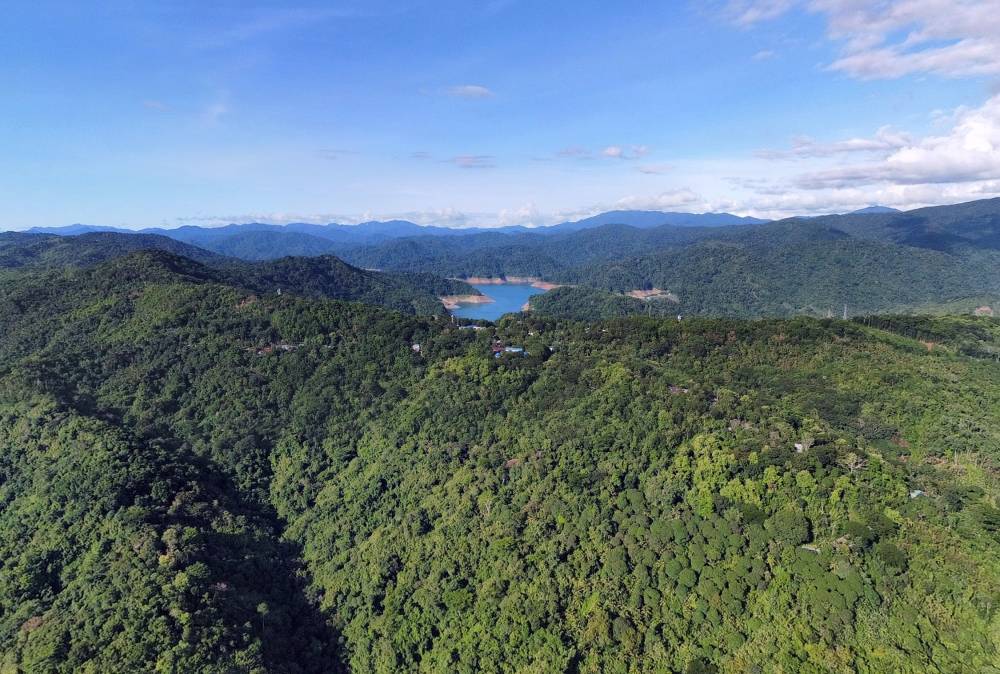
The Department of Environment and Natural Resources (DENR) is offering some 1.2 million hectares of forest lands for sustainable development activities, marking them as “potential investment areas” where years of denudation can be arrested or even reversed.
“In the past, a long, long time ago, we had a forest cover that comprised 90 percent of the entire land area of the Philippines. It went down to 50 percent, and now we are down to a little over 7 percent of the land,” said Environment Undersecretary Carlos Primo David. “[W]e continue to lose our forest cover through unsustainable practices, and we need to reverse this quickly.”
The DENR is encouraging investments in the forestry sector with the launch of its Sustainable Forest Land Management Program (SFLMP).
Individuals or groups, from either the public or private sectors, can apply for a “production sharing agreement” with the DENR to manage and develop the areas, which are mostly in the Davao provinces, and the Soccsksargen and Caraga regions.
Production sharing
The program, implemented through Department Administrative Order (DAO) No. 2025-22 that will take effect on Saturday, will consolidate existing forest tenure instruments, which are issued by the government to individuals or groups.
Under the SFLMP, qualified applicants can enter into a production sharing agreement with the DENR to manage a parcel of forest land for a period of 25 years, which is renewable for another 25 years.
Individual investors are limited to an allocation of 50 ha of forest land, while people’s organizations can have 1,000 ha. Government-owned and -controlled corporations as well as private sector groups can manage up to 40,000 ha.
The investors will be implementing “multiple management strategies” within their assigned forest lands in accordance with a DENR-approved plan, said lawyer Ray Thomas Kabigting, assistant director of the DENR’s Forest Management Bureau.
What can be done
Some of the strategies include the development of a forest plantation, agroforestry, pasture, ecotourism, forest protection, and special uses for the land, such as the establishment of renewable energy projects.
In exchange, investors will be able to reap various financial benefits, such as the right to harvest, sell and use whatever they plant in their forest lands, export their products, and access available credit assistance, among other incentives.
“Most importantly, the SFLMA (Sustainable Forest Land Management Agreement) will serve as a catalyst for poverty alleviation in forest-dependent communities by creating accessible pathways for local communities to participate in forest enterprises,” said newly appointed Environment Secretary Raphael Lotilla.
“We are ensuring that the economic benefits of our forests directly reach the families who have long served as guardians of these precious ecosystems,” he added.
According to David, the 1.2 million ha of forest lands identified as potential investment areas are “mostly denuded forest lands that are now idle, in most cases, but are ready for investment and development for economic purposes.”
David added that all of these forest lands are located outside protected areas, while around 15 percent “overlap[s] with the existing title areas for indigenous peoples.”
“Our target is that half of the 1.2 million hectares will become forested after this program,” the DENR official said.
Any SFLMP activities done in areas subject to a certificate of ancestral domain title will also need to first obtain free, prior and informed consent, as well as permission from the National Commission on Indigenous Peoples, according to the DENR.
Strict monitoring
Under the DAO, agreement holders will have to prepare and submit a report indicating the “different activities, development and improvements undertaken in the SFLM area.”
The DENR has also put in place an “automated monitoring tool using satellite energy” that will be able to monitor “each and every square meter” of the forest lands on a weekly basis, according to David.
“[W]e have been providing agreements on forest use for decades and decades, but I think what is different that we will be implementing this time is the monitoring aspect of these developments,” he said.
“Many of the parcels are still in the hinterlands that are not very accessible, but with technology, we are able to monitor them on a weekly basis,” David added.
Kabigting noted that the agency currently has multiple existing forest tenure instruments, even though most of the requirements and processes under these agreements are the same.
‘Peculiar’ situation
By consolidating these instruments, Kabigting said tenure holders will now be able to diversify their usage of the forest land and maximize its economic potential.
“We want to support investment and development in the forestry sector because, right now, the forestry sector is only contributing around 0.011 percent of the GDP (gross domestic product),” Kabigting said. “[T]hat is peculiar because the forestry sector is actually a manufacturing sector, so we need to be able to contribute more to the GDP of the country.”


